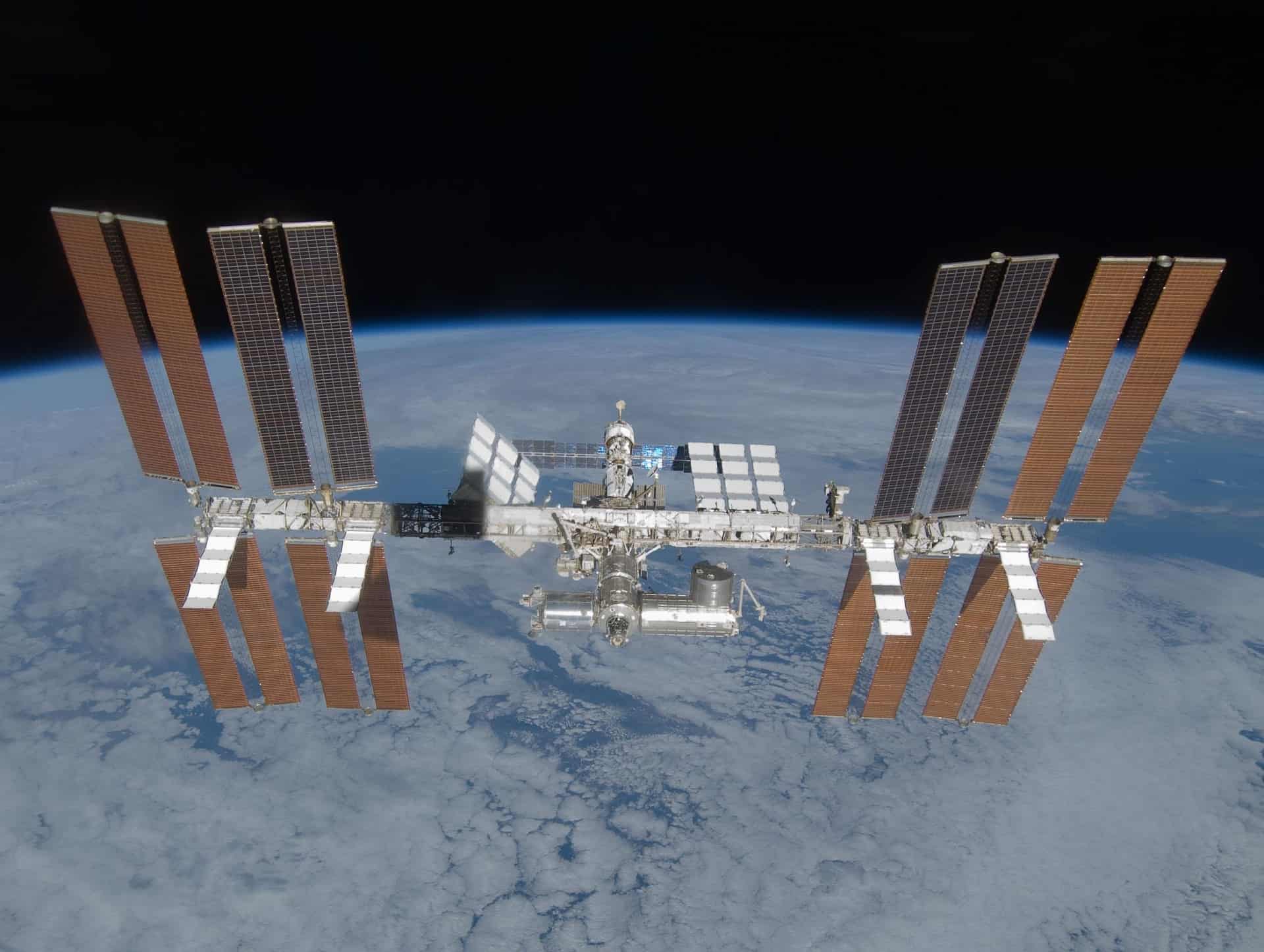A new study has shed light on the presence of concerning chemical compounds in dust collected from the International Space Station’s (ISS) air filtration systems. The research, led by scientists from the University of Birmingham in collaboration with the NASA Glenn Research Center, has revealed concentrations of organic contaminants in the ISS air filters that surpass those commonly found in floor dust from homes across the United States and Western Europe.
The study, published in Environmental Science and Technology Letters, is the first to analyze dust composition from the ISS air filtration systems. The findings have raised alarms over the potential impact of these compounds on the health and safety of astronauts and have significant implications for the design and construction of future spacecraft.
Samples contained an array of hazardous chemical compounds, including hexabromocyclododecane (HBCDD), ‘novel’ brominated flame retardants (BFRs), organophosphate esters (OPEs), polycyclic aromatic hydrocarbons (PAH), perfluoroalkyl substances (PFAS), and polychlorinated biphenyls (PCBs). Some of these substances are notoriously hazardous to human health and the environment.
Also among the compounds detected were polybrominated diphenyl ethers (PBDEs) and other flame retardants commonly used in consumer and commercial products. To improve fire safety, these substances are commonly used in electrical equipment, building insulation, and furniture fabrics. The health risks associated with their presence have led to bans or restrictions on their use, despite their intended purpose.
Stuart Harrad from the University of Birmingham, co-author of the study, emphasized that the findings highlight the importance of carefully selecting materials in the early stages of spacecraft design to mitigate potential contamination sources.
“Our findings have implications for future space stations and habitats, where it may be possible to exclude many contaminant sources by careful material choices in the early stages of design and construction.”
The study also raised questions about the origins of these chemical compounds in the environment of the International Space Station. Researchers suspect that commercially available items, such as electronics, clothing, and medical devices, brought aboard for astronauts’ personal use, may be contributing sources of these contaminants.
The researchers also emphasized the uncertainties surrounding the removal of such chemicals from the ISS’s recirculated air, given the difficulties posed by microgravity and ionizing radiation-induced material degradation.
The continuous recirculation of air within the ISS, combined with its zero-G environment, creates a unique setting for the deposition of particles on surfaces and air intakes. Screens covering the ISS’s High-Efficiency Particulate Air (HEPA) filters capture these particles, necessitating routine vacuuming to maintain filtration efficiency.
Some of the vacuum bags containing this “space dust” were brought back to Earth for further analysis, yielding invaluable insights into the chemical composition of the ISS environment and how scientists can use it in future spacecraft designs.










